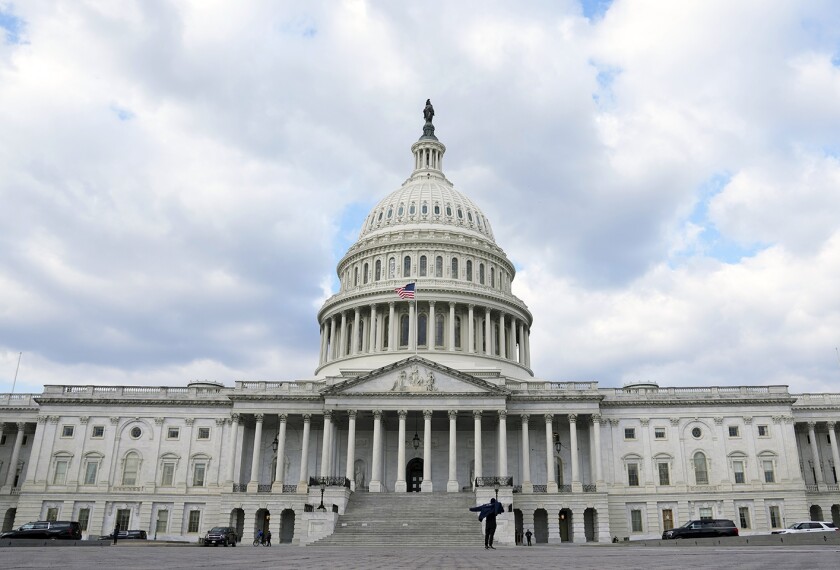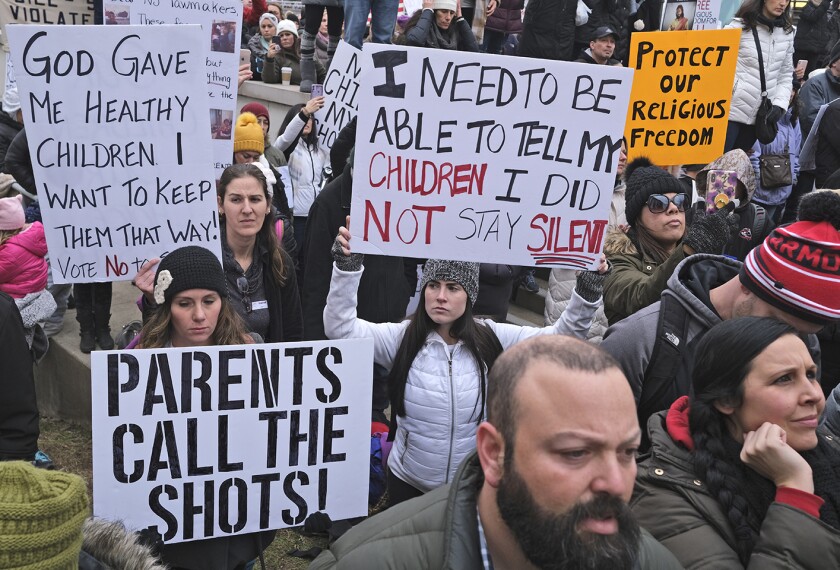About These Reports
The 12th annual edition of Education Week’s Quality Counts continues the cradle-to-career framework launched in last year’s report. But it also reintroduces some of the categories in which we have graded states in the past, though some of the indicators and the grading have changed. The cradle-to-career perspective emphasizes the connections between K-12 education and other systems with which it intersects: preschool education, other social and economic institutions, and further education and training.
To emphasize this approach, the Editorial Projects in Education Research Center last year created two new state-performance measures: the Chance-for-Success Index and the K-12 Achievement Index. These indicators, respectively, capture key learning foundations and outcomes at various stages in a person’s life and the performance of the states’ public schools. Coupled with that heightened attention to outcomes, the 2007 edition of Quality Counts examined a series of policies that states could pursue to better align public education from preschool to postsecondary education and into the workplace.
Even as we introduced those new measures last year, we put two of our traditional policy categories on hold: school finance and efforts to strengthen the teaching profession. We spent the past year revising those indicators to ensure the report reflects the field’s best and most current thinking. Both categories have returned for this year’s report. Indeed, teaching is the special theme of Quality Counts 2008.
Most of the 50-state indicators that appear in Quality Counts are based on original data analyses and state-survey data from the EPE Research Center. But we also draw on published information from a number of outside organizations. Quality Counts has always evolved over time, adding and subtracting indicators to better capture the most important and timely movements in state education policy. So the report’s letter grades should not be compared from year to year. This caveat is particularly salient for Quality Counts 2008, given the many changes in the report since 2006, the last time we graded states.
States were awarded overall letter grades based on their ratings across six areas of performance and policy: chance-for-success; K-12 achievement; standards, assessments, and accountability; transitions and alignment; the teaching profession; and school finance. Some states performed consistently well or poorly across the full range of categories. But a closer examination of the rankings reveals that most states posted a strong showing in at least one area. This suggests that while broad evaluations of state performance can be useful, a more thorough reading of the results presented in this National Highlights Report will provide a more nuanced perspective on the educational condition of the nation and of individual states.




